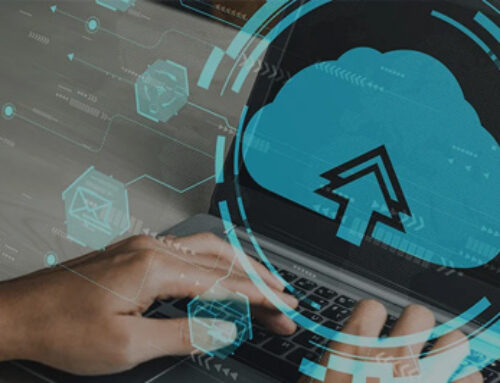By Fiona Villamor on October, 4 2016

Analytics in banking
Customer acquisition and retention has always been the primary drivers for any business. Given today’s stiff competition in the financial industry, banking product, sales, and marketing divisions are under constant pressure to analyze large volumes of data generating from internal sources (like customer account transactions, credit scores, and their assets and liabilities ratio) and from external factors (like interest rates, macro-economic variables, and customer preferences) to deliver the right products and services at the right time to existing clients as well as high value prospects.
On the operational front, large volumes of transactions are processed and recorded, in multiple systems, almost every second across multiple business lines, including a variety of non-traditional or digital touch-points that have emerged—ATMs, Internet, IVR systems, social media, and mobile banking, among others.
Very often, challenges arise when there are requirements to generate reports for regulatory bodies, management, clients, and internal teams on demand from these structured and unstructured sources.
The obvious risks associated with the lack of necessary infrastructure lead to reporting inconsistencies, manual workarounds, redundant data cleansing leading to increased costs, and non-compliance that further plays a role in damaging company reputation.
Time to move to Analytics
The explosion in the volume, velocity, and variety of data is forcing banks to leverage advanced analytics to make sense of data that can help make near real-time decisions to stay competitive.
With today’s customers being tech-savvy, it has become more than essential for businesses to be able to better position themselves over their competitors and deliver a more engaging and ultimately, a profitable customer experience.
Banks today offer a variety of products and services (retail banking, corporate banking, cards, lending, asset management, and wealth management) but are poorly integrated internally from an organization and systems perspective.
For example, the view of a customer from the CRM system would not typically incorporate a risk profile, performance history, or regulatory data associated with the Know Your Customer (KYC) requirements—yielding an incomplete and possibly an inaccurate view of a customer.
Core banking functions like KYC procedures and anti-money laundering controls are highly sensitive areas where data accuracy and reliability cannot be compromised. Regulators are increasingly scrutinizing the systems and processes through which banks manage their functions.
By unifying fragmented and siloed systems, bank employees can be more efficient and empowered to not only work faster, but also be capable of delivering high quality data required by banking regulators.
“Leverage advanced analytics to make sense of data that can help make near real-time decisions to stay competitive.” Tweet this >
The power of Analytics
Advanced analytics (integrated multi-channel data) allows financial institutions to get a 360-degree view of its customers, including all of the products previously purchased by that customer, the customer’s current lifecycle status (e.g. high-income empty nester), as well as an analytical evaluation of keyword sentiments shared by the customer during an interaction. All of these help bankers design offers best suited for customers’ financial needs.
Having robust BI and Advanced Analytics tools is inevitable for banks to stay compliant and profitable, plus satisfy their clients and shareholders.
The ROI for implementing BI and Advanced Analytics go far beyond meeting stringent regulatory requirements and utilizing potential sources of input for designing features of new and existing products. It is simply a way of doing business right, today.
ABOUT THE AUTHOR

Fiona Villamor
Fiona Villamor is the lead writer for Ducen IT, a trusted technology solutions provider. In the past 8 years, she has written about big data, advanced analytics, and other transformative technologies and is constantly on the lookout for great stories to tell about the space.










